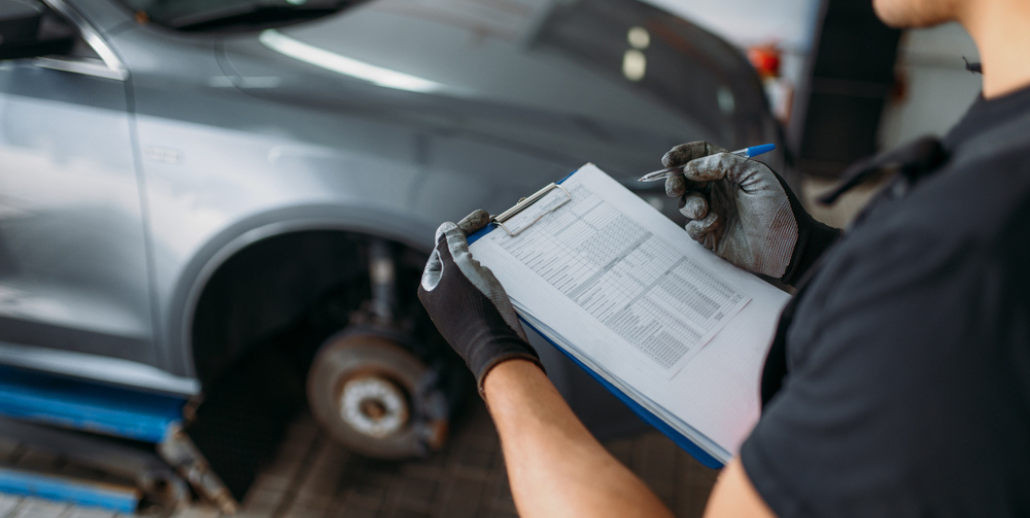When you are ready to purchase any used car, it is important to understand the vehicle history report. This report can provide a wealth of information to decide whether to buy or walk away from the deal. Here are a few things to know about these vehicle history reports.
How Do I Get a Vehicle History Report?
In many situations, you can get a free report from the dealership. These reports come from either AutoCheck or Carfax. You will have to pay around $25 to $40 for a single report. However, you can get a discount if requesting several bulk reports. Some lenders might even offer their own vehicle history reports to consumers. With that report in hand, an individual can get all the vehicle’s information.
If you want to get the vehicle’s history report, fill out an online form with the vehicle identification number (VIN). For those at the dealership, always check that the car’s VIN matches that on the record. After that, you can dive into the information contained in the report.
What Is in a Vehicle History Report?
When you get the vehicle report, you will find plenty of information. Some data will confirm the car’s current condition. Other parts of the report can raise red flags about the vehicle. While this information is not a deal-breaker, it can help you negotiate a better price for your vehicle.
Accident History
The vehicle’s accident history is one of the first things to check out. Carfax and other report providers will gather data from the various motor vehicle departments, collision repair shops, insurance companies, and law enforcement agencies to build a list of the accidents. Often, they will note airbag deployments and severe structural damage on the report. If you see any damage, you will want to have an independent mechanic check out the car for any structural issues. In most cases, you should request documentation that a reputable auto body shop completed the repairs.
Other Damage
Remember that not all damage is the result of an accident. Hail, flood, and fire damage can show up in a vehicle’s history report. While hail damage is a simple fix, you may want to reconsider those vehicles with flood or fire damage. In some situations, hidden damage could lurk under the vehicle’s surface, leading to more repairs and compromised safety.
Title History
The title information can say a lot about the vehicle’s history. If you have a car with a history of ownership over several states, that could be a red flag. Some owners will try to remove negative information about a vehicle by moving it from state to state.
The vehicle history report will also show if the title is branded. A title brand could indicate several issues, including whether the vehicle was totaled and rebuilt. If you see a salvage title, you should reconsider the purchase. With that, the auto insurance company determined that the repairs were not economically viable, and the company declared the car a total loss. After that, someone did repair work to return the car to the road. When a vehicle is re-titled, it will be rebranded with a salvage title.
For the most part, buyers should stay away from those vehicles with a salvage title. There will always be the risk of encountering safety issues and further damage down the road. Cars with salvage titles will never command a similar selling price as those similar vehicles with non-salvage titles. Unfortunately, many repair shops will rebuild the vehicle using low-quality parts so that they can get it back to a road-ready condition.
Remember that many lenders will not lend money for salvage titles. In some situations, you could end up paying a higher interest rate. You will find a title brand for vehicles involved in a fire, flood, or hail storm. Vehicles used for a police department or taxi service will have these titles.
The Purchase History
These reports will provide you with a comprehensive history. You can see when and where someone sold the car. If the vehicle bounces from state to state, it could mean that the car has extensive damage. You will also see how many owners the car had in its lifetime. These reports will list whether the vehicle was owned by a fleet operation rental company or business. Finding a car with only one owner is always the ideal option.
A lien will show on the report if the owner financed the car and did not pay off the loan. You must pay off that lien before transferring the vehicle into your name.
Odometer Reading and Service History
During the car’s lifespan, the report notes the odometer reading. If there are discrepancies, that could be a huge red flag for your car.
With these reports, you can quickly check out the service history. You will see whether the old owner scheduled regular service on the vehicle. A used car with a well-documented history is more valuable than those with spotty records.
Get the Whole Story
While these reports are helpful, you want to have a qualified auto body shop inspect these vehicles. At Elmer’s Auto Body, we will examine any car to help you determine whether you have a potential lemon or not. Our technicians will inform you of any problems that could mean big repair bills down the line. When you need an auto body shop near me, call us. Schedule your consultation by calling (856) 218-0202.

